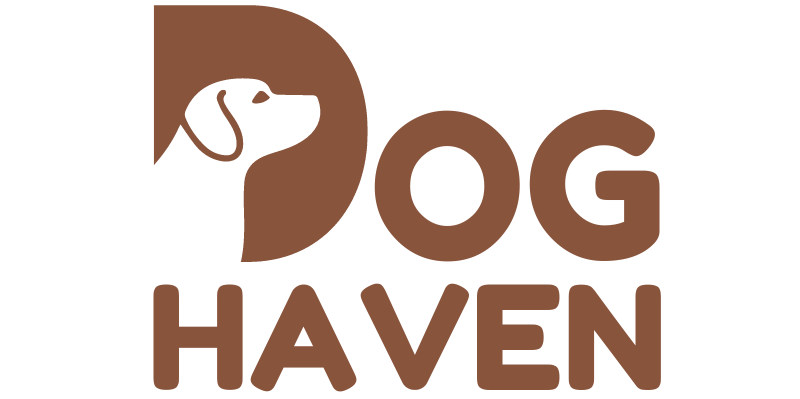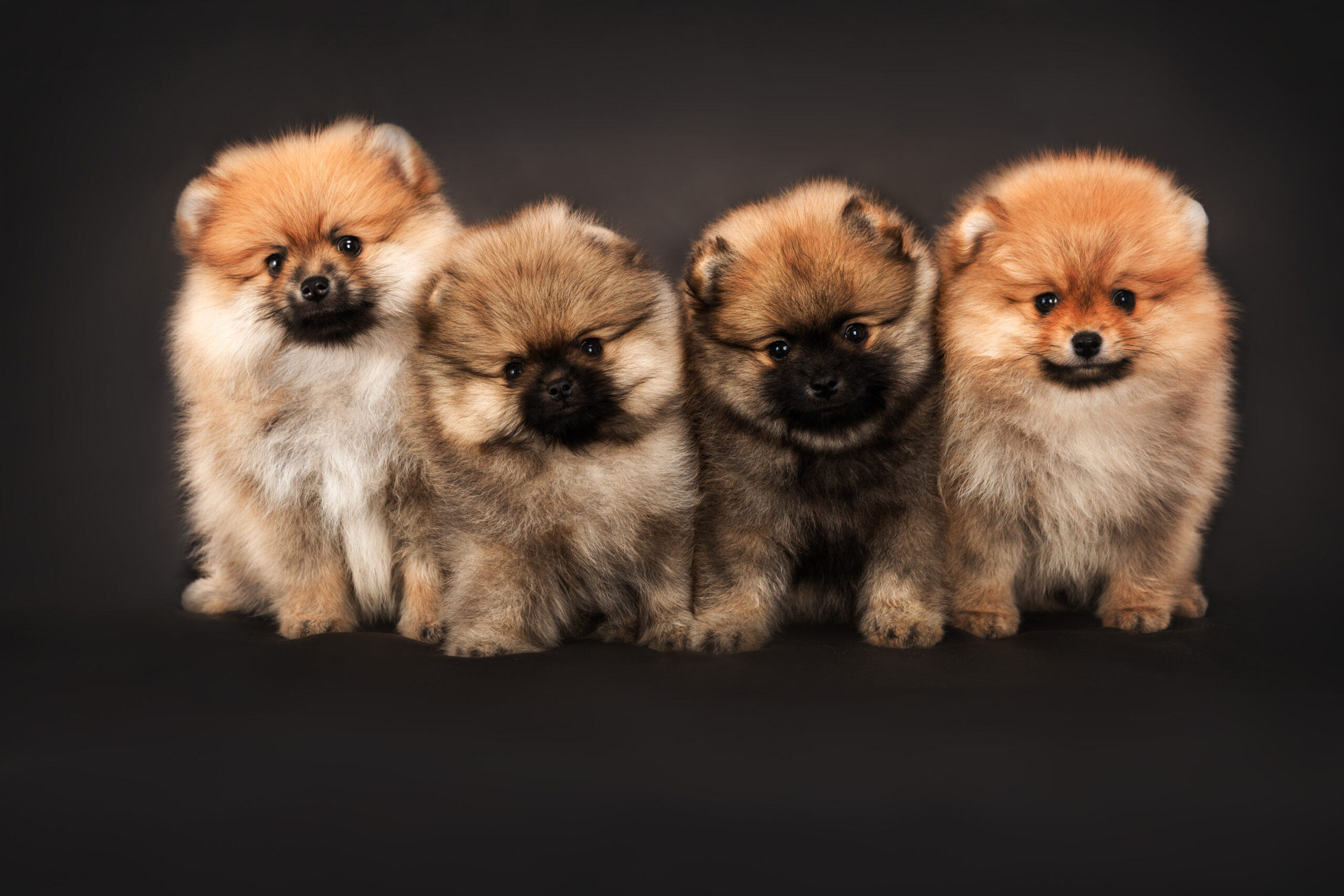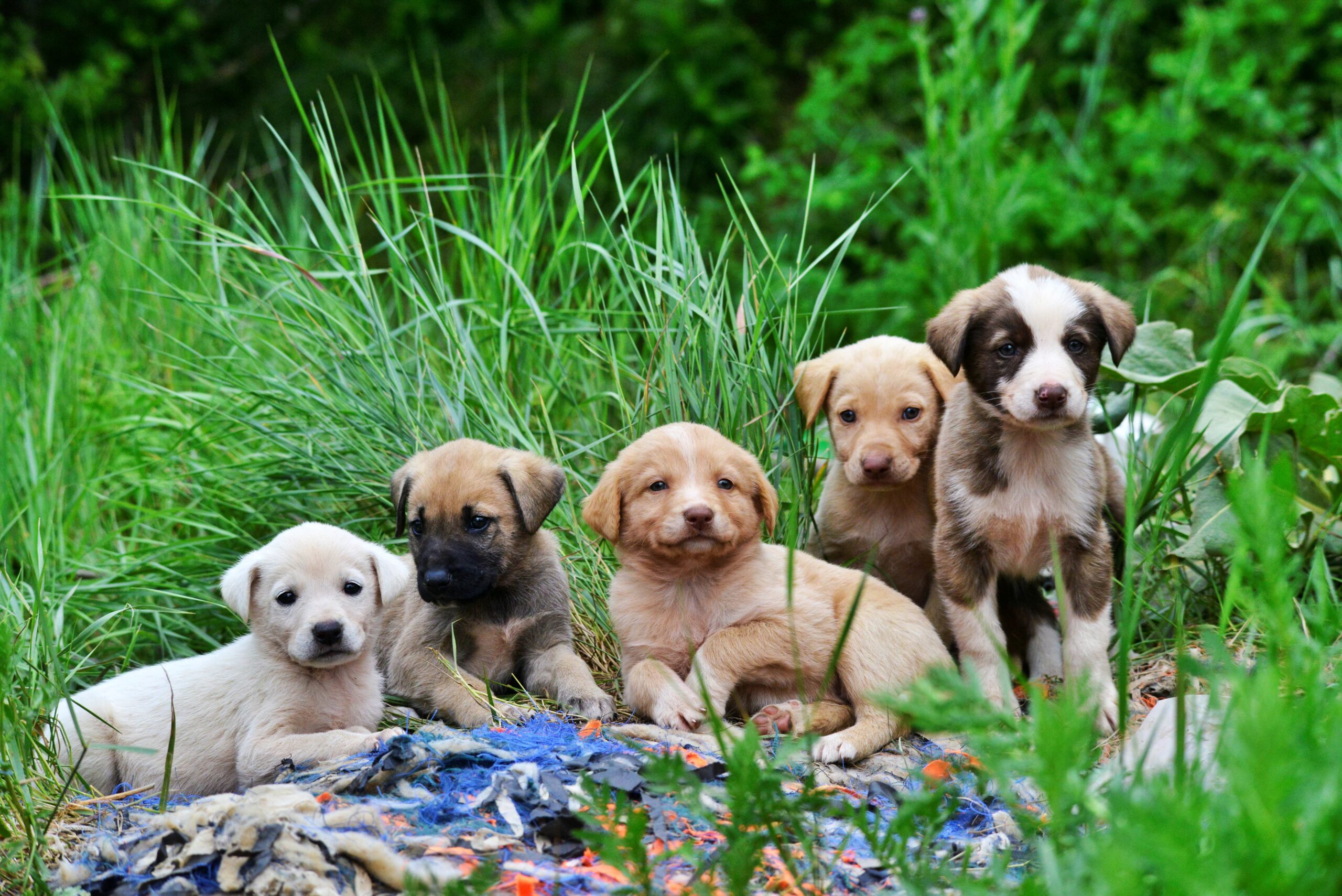
Best Big Dog Breeds for Families
Choosing the perfect family dog is a big decision. It can bring years of joy and companionship. Large dog breeds like the Labrador Retriever, German Shepherd, and Golden Retriever are favorites in America. They offer loyal guardianship and playful nature, fitting well into family life.
Big dogs like the Bernese Mountain Dog, Boxer, and Great Dane are also great for families. They are patient and loving, making them perfect for homes with kids.
So, why do big dogs like the Alaskan Malamute, Goldendoodle, Basset Hound, and Rottweiler make great family pets? It’s their gentle nature, protective instincts, and love for their humans. People often think size means a tough character, but these dogs show that’s not always true.
Size and lifespan in dogs are interesting topics. A Goldendoodle can live up to 15 years, while a Great Dane lives 6 to 8 years. Knowing these facts helps families decide if a big dog is right for them.
It’s also key to understand the needs of these breeds. Training, socialization, and health care are important for their well-being in the family. Life with a big dog is rewarding but requires commitment. Find out which big dog breed could be the perfect addition to your family.
Understanding the Gentle Giants: Characteristics of Family-Friendly Big Dogs
“Gentle Giants” is a perfect name for some big dog breeds. They are big but calm and loving. This makes them great for families, especially with kids. Labrador Retrievers and German Shepherds are top picks because they are smart and easy to train.

These dogs are patient and gentle. The Great Dane is a classic example. It’s big but has a sweetheart. Breeds like the Newfoundland and Saint Bernard are known for being calm and patient. This is important for families with young kids.
Active dog breeds like Boxers and Huskies add energy to any home. But, they need early training and socialization. This helps them behave well in a family setting.
These dogs are more than just playful and protective. They offer love and companionship that makes life better for everyone.
Even though these breeds love to be part of a family, owners must keep training them. Big dogs need training to behave well and not get in the way. Breeds like Mastiffs and Irish Wolfhounds also need regular activities to stay healthy.
Bulldogs and Doberman Pinschers are loving and loyal. They make great family protectors. But, they need training and socialization to grow into well-adjusted dogs. Their size and gentleness make them wonderful companions.
Big Dog Breeds with a Natural Affinity for Children
Choosing a family pet is important. Big dog breeds like Golden Retrievers and Newfoundlands are great for families. They are not just pets but loving family members.

Golden Retrievers are friendly and playful. They love to play and get lots of love. Newfoundlands are big and gentle. They are great with kids and need to stay active.
These dogs are more than pets. They protect and bring joy to the family. They fit right into the family’s life.
The joy of children playing with their gentle companions, forming bonds that last a lifetime, is a testament to the harmonious relationship between big dog breeds like Golden Retrievers and Newfoundlands and their human families.
Choosing the right breed is key. It’s about the dog’s temperament, space, and energy needs. Golden Retrievers and Newfoundlands are perfect for families. They show what it means to be a gentle companion.
The Protective Instincts of Big Dog Breeds and Family Dynamics
Many families choose Protective Big Dogs for Home Security. Breeds like Rottweilers, German Shepherds, and Bullmastiffs are known for their guarding skills. They have strong herding instincts and are great Family Protectors.
These dogs keep their “pack” safe, especially children and homes. They are a big help in keeping everyone safe from harm.
In the United States, having these dogs can scare off intruders. This makes homes safer. Rottweilers, for instance, are strong and protective. German Shepherds are used in police and military work because of their keen senses and protective nature.
Experts say that well-trained guard dogs can be as good as human bodyguards. They keep homes safe all day and night.

Training is key for these Protective Big Dogs. Good training makes them reliable and safe in many situations. This turns them into true Family Protectors.
Each breed needs its own training plan. This plan considers their special traits and herding instincts. This makes them better at protecting their families.
Getting a protective big dog is more than getting a guard. It’s adding a loyal, loving family member. This member will always look out for the family’s safety. It makes the home a safer place and fits well with the family’s life.
The Big Dog’s Role in the Family: More Than Just Pets
Big dogs are more than pets; they are key Family Companions that offer a lot of Emotional Support. They play a big role in the family, doing more than just looking cute. They help lift everyone’s mood, offer comfort, and even help with mental health.
These cute dogs and puppies create a special bond that lasts a lifetime. This bond brings emotional and psychological benefits to the family.
Take Roscoe, a 165-pound Great Dane, for example. He was more than a pet; he was a protector and a friend to the kids. His gentle nature showed that big dogs can be both loving and strong. They become essential family companions.
Roscoe’s story shows how big dogs are more than just looks or security. They help create a nurturing home where kids can grow. They offer comfort in tough times and add joy to the good times.
Playing with these big, cute dogs and puppies teaches kids about responsibility and kindness. This makes the family’s emotional atmosphere better.
In short, big dogs add a lot to a family, not just their size and looks. They bring love, laughter, and a sense of safety. Seeing them as just pets is not enough; they are true emotional support providers and family companions with a big impact.
Top Big Dog Breeds Recommended for Active Families
Families who love being outdoors and doing various outdoor activities need the right dog. The Bernese Mountain Dog and Alaskan Malamutes are great choices for active families.
The Bernese Mountain Dog is known for its strong build and friendly nature. They love going on hikes or long walks. They weigh 80-110 pounds and can grow up to 28 inches tall. Their size and energy make them perfect for families who love adventure.
Alaskan Malamutes are also great for active families. They were once used for hauling and rescue. Now, they’re great for families who enjoy jogging or biking. They weigh 75-100 pounds and can grow up to 27 inches tall.
Choosing a dog that fits your active lifestyle can strengthen your bond. It improves everyone’s physical and emotional health. For more tips on caring for active dogs, check out this resource from Dog Haven. The Bernese Mountain Dog and Alaskan Malamute make family adventures even more fun.
Health Considerations When Choosing a Big Dog
Choosing a big dog breed comes with special Large Breed Concerns. These concerns include Dog Health and Life Expectancy. It’s important to plan and implement Big Dog Care carefully.
Dog Health in large breeds is more than just vet visits. It’s about knowing the breed’s health challenges. Dogs like Great Danes and Bernese Mountain Dogs need special diets. These diets are rich in nutrients for their joints and overall health.
The Life Expectancy of large breeds varies. To keep them healthy, start parasite prevention early. Also, regular dental care, vaccinations, and health screenings are key to a long, happy life.
Regular vet visits from a young age are crucial. They help monitor growth and development. This ensures the right diet and exercise to prevent health problems later.
Proper Big Dog Care is vital. Adjusting food and ensuring a balanced diet can prevent obesity. Large breed diets are lower in fat and control calcium and phosphorus for bone health.
Changing from puppy to adult food should be done slowly. This prevents rapid weight gain and skeletal problems. Also, the design of a feeding area can affect a large dog’s health. Elevated bowls, for example, can increase the risk of a serious condition called GDV.
In summary, choosing the right large breed dog requires a deep commitment. Understanding and meeting their health needs is essential. This includes the right diet and regular health checks for a happy life together.
Matching Lifestyle with Big Dog Breeds: Tips for Harmonious Living
Choosing the right big dog for your family is more than just looks. Many people pick a dog based on how it looks, not if it fits their lifestyle. This can lead to problems, as one family found out with a Border Collie.
The father was drawn to the Collie’s beauty but soon realized it was too energetic for his busy life. This shows how important it is to match a dog’s needs with your family’s lifestyle.
Think about your family’s lifestyle when choosing a dog. Consider your activity level, home environment, and how much time you have for your pet. For example, high-energy dogs like Australian Shepherds need lots of space to run around.
If you’re not very active or have a busy schedule, a calmer dog like a Bulldog might be better. For those living in small spaces, like apartments, breeds like Yorkshire Terriers or Pomeranians are great because they don’t need a lot of room.
Getting advice from experts like veterinarians or trainers can help you make a good choice. Breeders can also provide valuable information, but be careful. They might not always tell you if the breed is right for you.
By doing your research and planning carefully, you can find the perfect dog for your family. Remember, the right breed and a good training plan are key to a happy life with your new pet.





